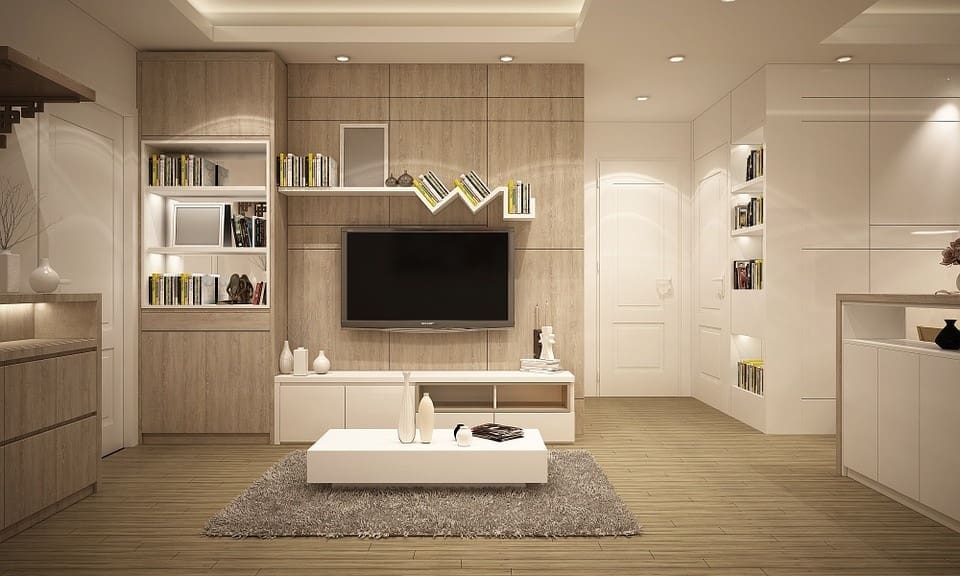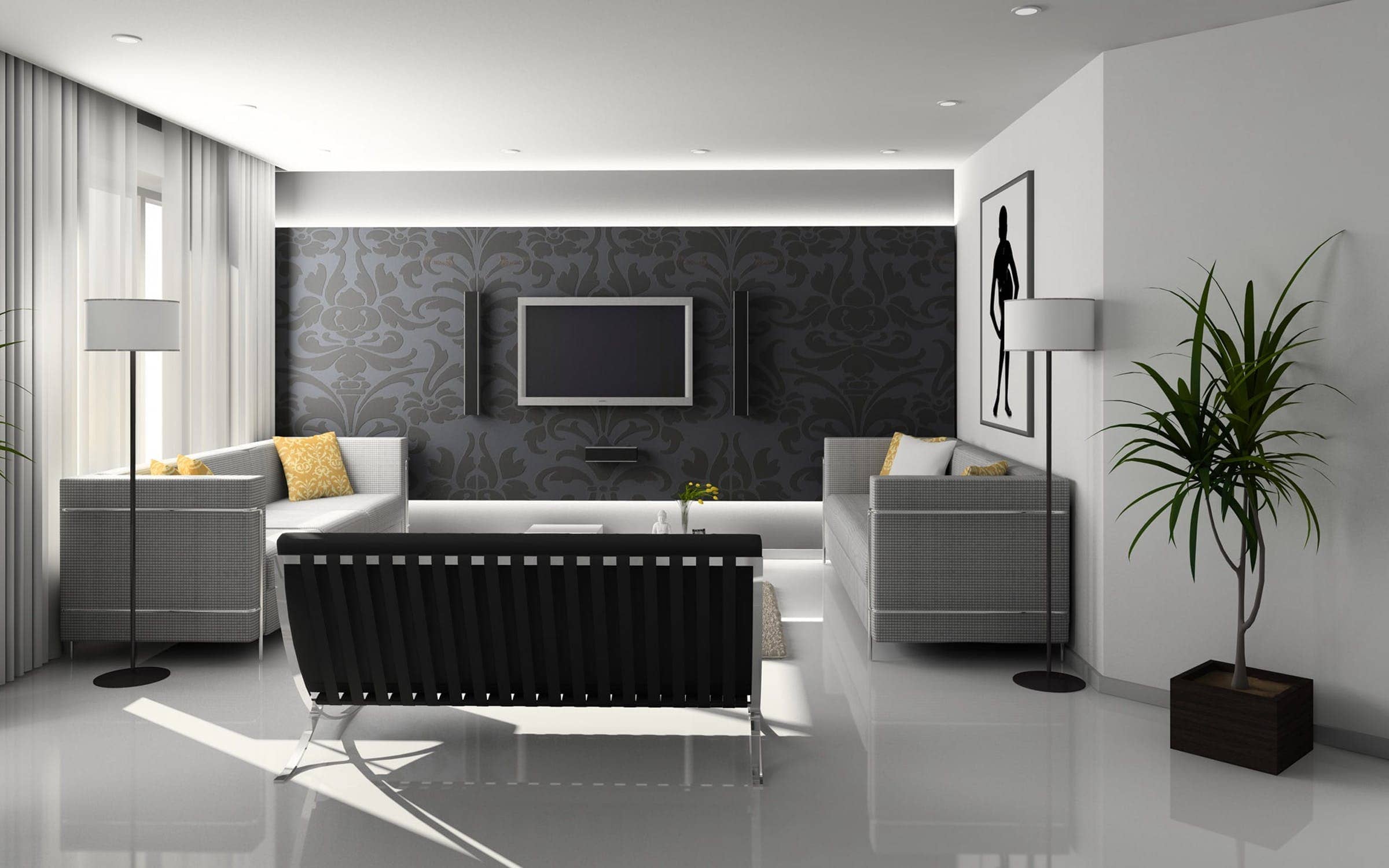Interior design is more than the art of decorating your space; in fact, it’s a profession that requires training, the understanding of space and impact of color, and the role furniture plays in different spaces.
Because it is highly involved, there are times when you’ll need to hire an interior designer, such as staging your home or outfitting your office. However, you most certainly need an interior designer to decorate your home. You know what look you want — you just need a few tips for designing your home well.
Here are a few ways to make your home look as though you hired an interior designer.
Style

Start by picking which style you want. While you could go with an eclectic look, you won’t be able to inject the polish that an interior designer could if you don’t pick a single theme and stick to it. The style you choose will inform many of your design choices.
Start by deciding whether you want casual or formal, as well as traditional or contemporary. Then, narrow it down from there, such as formal Victorian, classic Colonial or rustic French. If you aren’t sure, seek out inspiration in magazines and design sites like Pinterest.
Color
Once you know what style you want, you’ll need to choose your color palette. Ideally, you’ll want to select three colors and build your room around them. Select one color for your walls, one for large pieces like couches or rugs and another for the color accents that will help add interest and personality to the room.
For example, you may decide on a cream color for the walls of your living room, a sandy brown for your couch and red for the throw pillows. Additionally, keep in mind the purpose of the room, as well as the amount of light it receives, may make a difference in your color selection.
However, there are no wrong answers. Color can be a very personal choice — after all, some people adore red and hate green, while others are just the opposite. Feel free to choose colors you love; just make sure they work well together.
Balance
The next concept you need to understand is balance. Choosing the right color palette will only work if you balance the room. Make an effort to vary textures or patterns and keep repeating your color palette throughout the room. This will let you distribute the visual weighting of the objects in your room.
A good rule of thumb is to be symmetrical in traditional spaces (e.g., a pair of candlesticks over the mantle, two matching throw pillows on the settee) while asymmetrical designs go better in casual rooms (e.g., clustered candles on one side of the coffee table, two contrasting pillows on a couch).
Focus
Take the time to pick a single focal point for each room. This could be something inherent about the place, like a wall of windows or a fireplace with a large mantle. Alternatively, if your room does not have a distinct focus, create one by adding a single large piece of furniture, or a large indoor water fountain.
While you’ll want to make sure the items in your room are in scale with one another — imagine a spindly coffee table beside an oversized couch — the most well-designed rooms are configured to draw your eye to a focal point.
Apps
Finally, apps can be helpful in planning your space. Indeed, ones dedicated to furniture and home design let you quickly see the styles and colors of decor and furniture paired up so you can make final decisions as to what fits your home as well as your personality.
Putting It All Together
Choosing a style for your space and selecting pieces that fit this decor will help you get a cohesive design. Moreover, sticking to a set color palette, balancing each room, and establishing focal points will take your home decor to the next level. Finally, use a room planner to plan everything out before you make any changes to make it look like you hired an interior designer.
Cover Image credits: Photo by Pixabay from Pexels




